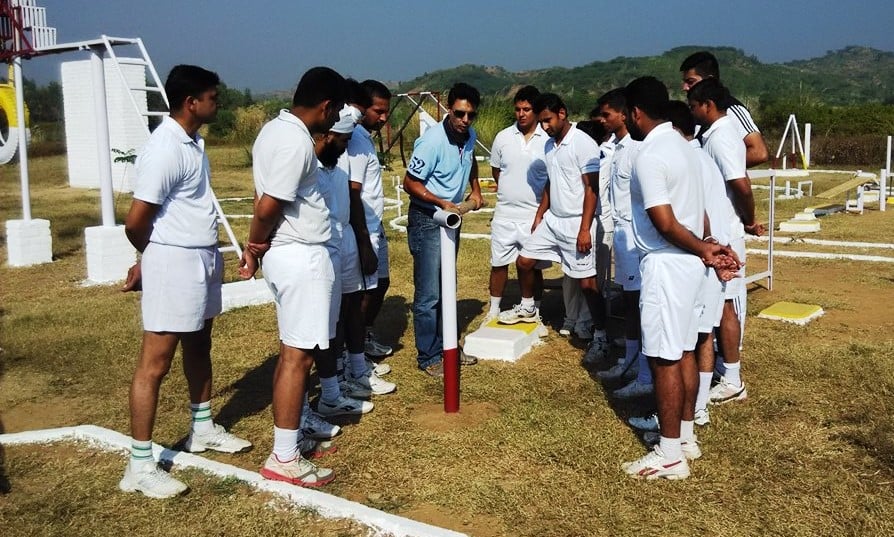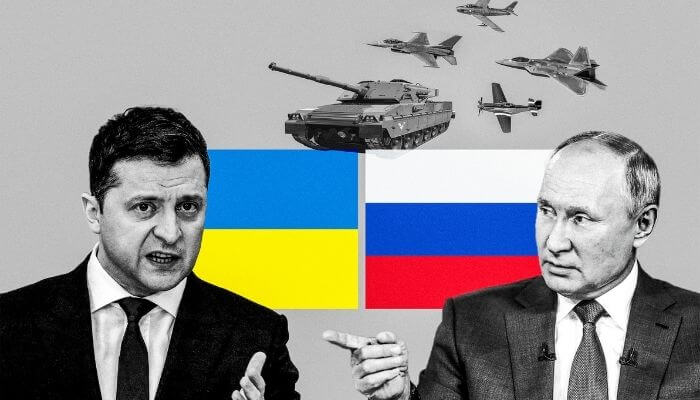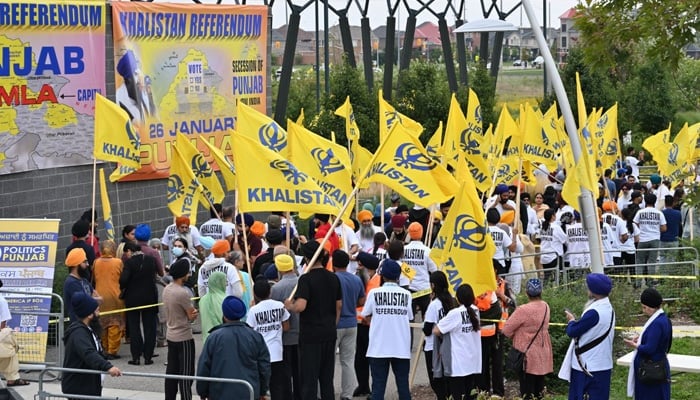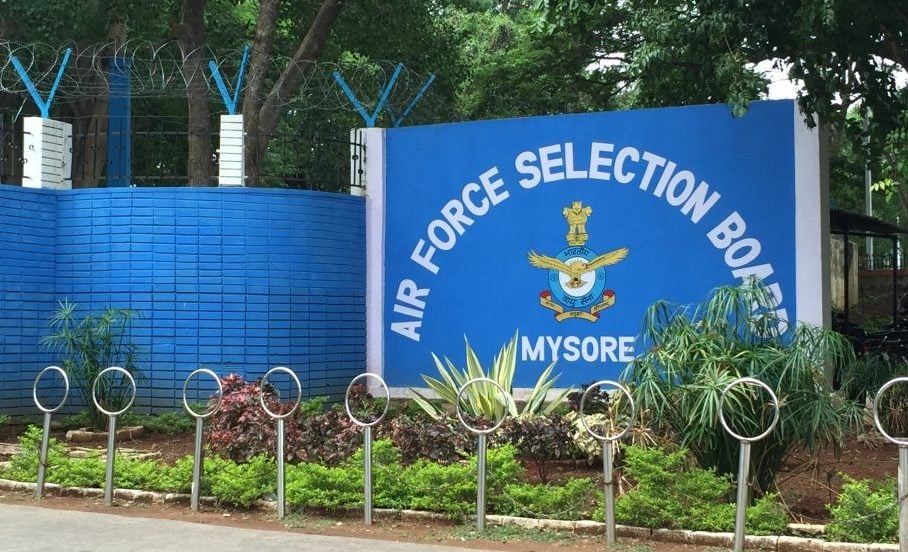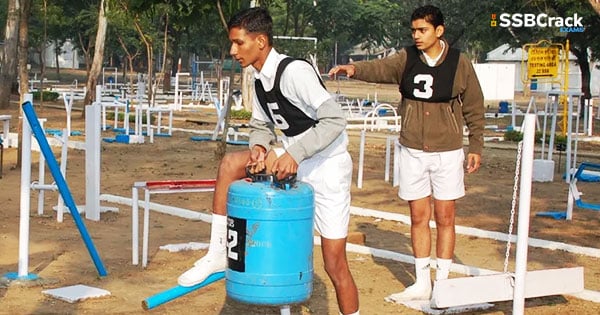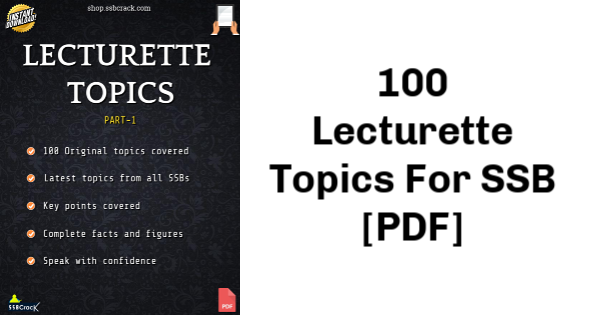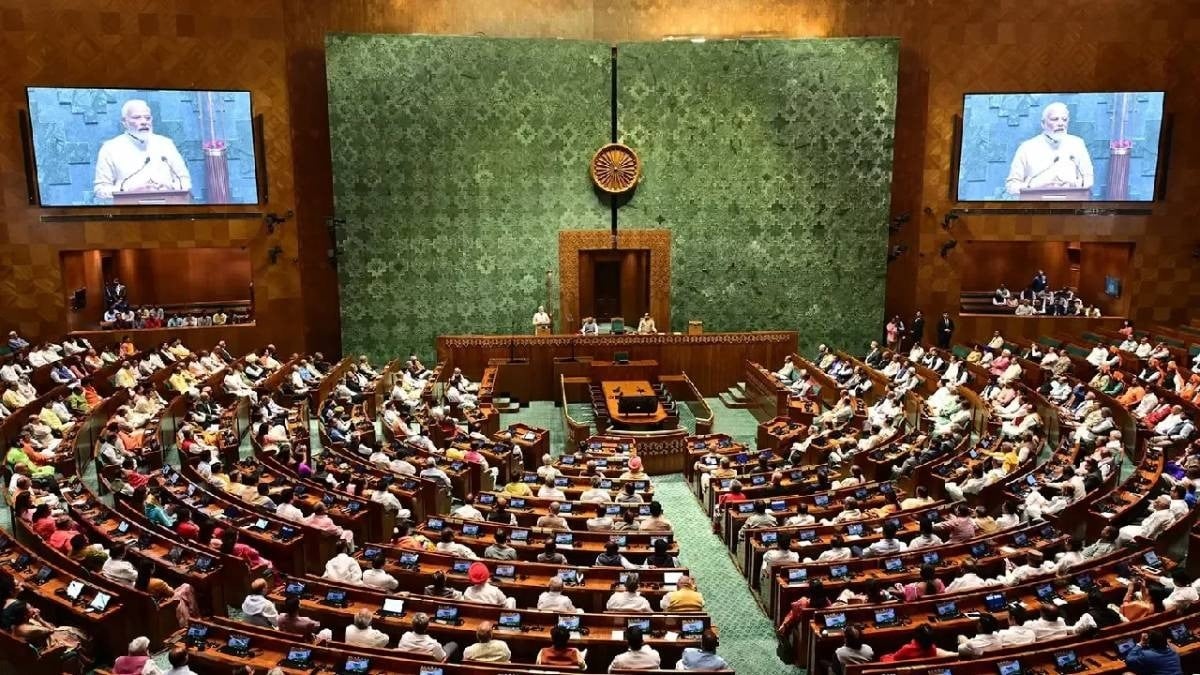The Services Selection Board (SSB) interview process is a thorough assessment that examines a candidate’s potential and suitability for joining the Indian Armed Forces. Among the various components of this evaluation, the ground task challenges play a crucial role. These tasks are carefully designed to observe a candidate’s physical actions, teamwork, and decision-making skills within simulated real-world scenarios.
Before engaging in ground tasks such as the Progressive Group Task (PGT), Half Group Task (HGT), Final Group Task (FGT), and Command Task, candidates must familiarize themselves with five fundamental rules set forth by the Group Testing Officer (GTO). Adhering to these rules not only demonstrates a candidate’s ability to follow instructions but also reflects their skills in teamwork, leadership, and problem-solving. The intricacies of these essential rules are explored below.
1. Group Rule: The Essence of Teamwork
The group rule emphasizes the necessity of unity among team members. This rule mandates that all group members must collaboratively overcome obstacles before moving on to the next challenge. It is vital for evaluating how well candidates can work together, display leadership qualities, and act selflessly for the benefit of the team. Tasks like the Snake Race highlight the importance of cohesive effort, showcasing the group’s collective capabilities rather than individual achievements.
2. Color Rule: Understanding and Compliance
Ground tasks are structured with various components marked in three distinct colors—red, blue, and white—each indicating specific rules of engagement:
- Red: Structures marked in red are off-limits for contact by candidates and the placement of materials.
- Blue: Candidates may touch these structures, but cannot use them to support any materials, challenging them to strategize creatively under constraints.
- White: These structures are available for both candidates and materials, providing a degree of flexibility that encourages innovative approaches.
Observance of these color-coded guidelines is crucial for showcasing a candidate’s attention to detail and compliance.
3. Distance Rule: Judgement and Innovation
The distance rule stipulates that any gap wider than 4 feet should not be crossed by jumping, even if a candidate has the physical capability to do so. Instead, candidates should employ available materials to bridge these gaps. This rule assesses their ability to judge distances accurately and use resources creatively while encouraging innovative thinking.
4. Rigidity Rule: Resourcefulness under Restrictions
The rigidity rule prohibits the binding of two rigid materials, such as planks and poles. This limitation requires candidates to think outside conventional methods and explore alternative ways to utilize these materials without tying them together. It emphasizes the importance of innovation and problem-solving within set restrictions.
5. Infinity Rule: Focus and Determination
Representing the boundless nature of the task area, the infinity rule stresses that candidates must not bypass challenges by circumventing obstacles. It demands focused determination and a strategic approach to navigate through the task course from start to finish, without shortcuts. This rule asks candidates to commit fully to the task at hand.
Additional Considerations
Beyond these five foundational rules, candidates should also be mindful that the area between the start and finish lines is off-limits for walking. Errors can result in penalties, and the use of personal materials as aids is not permitted. Deviations from these rules may adversely impact a candidate’s overall assessment.
Conclusion
Mastery of these rules is essential for candidates seeking to excel in SSB ground tasks. These challenges not only assess physical capabilities but also evaluate mental agility, teamwork, leadership, and ethical standards. As preparation for the SSB interview progresses, candidates should internalize these rules to maximize their performance. Success in these tasks is ultimately a combination of individual brilliance and collective effort, reflecting the core values essential to the Armed Forces.
